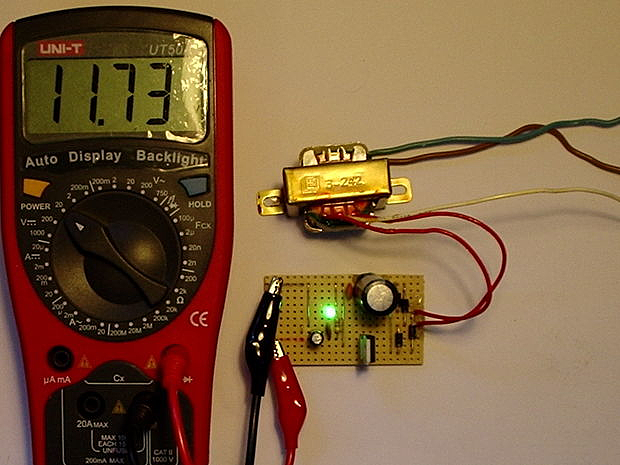概要
I have enclosed my resume with this letter that will give you information of my educational background.
In Dec 2013, I have completed Bachelor of Electronics engineering from IQRA University. After that I did Internship in PTCL for 8 Week and also done a Contol Technology Short Course from PAK SWISS Training Center.Currently I will Work In Mushko Electronics (pvt) ltd As a Support Engineer, Get Experince Diagnosed, Software Installation, Customer Handling, Troubleshooting.
As an Electronics engineer, I have good understanding of principles, techniques, procedures, and equipment to the design and production of various goods and services. I have good knowledge about Circuit boards, processors, chips, electronic equipment, and computer hardware and software, including applications and programming. I believe that if given the opportunity to serve I can make significant contribution to your University.
If you need more information, I can be reached by Phone or email. Thank you for reviewing my credentials for this position.
项目
工作经历
Resident Engineer
Installing and configuring computer systems, Diagnosing and solving hardware/software faults, Logging customer/employee queries. Analyzing call logs to spot trends and underlying issues. Provide Executive support to Directors Of State Bank
Of Pakistan
IT Support Executive
Installing and configuring computer systems Diagnosing and solving hardware/software faults Logging customer/
employee queries Analysing call logs to spot trends and underlying issues
System Support Engineer
Diagnosed, Software Installation, Customer Handling, Troubleshooting
Additional Certificate Courses
P.L.C, Pneumatics, Electro Pneumatics, Hydraulics
Internee
Basic Telecommunications Network
The basic purpose of a telecommunications network is to transmit user information in any form to another user of the network. These users are called subscribers. User information may take many forms, such as voice or data, and subscribers may use different access network technologies to access the network, for example, fixed or cellular telephones.
There are three basic technologies that are needed in all networks, no matter what services they provide.
Transmission
Transmission is the process of transporting information between end points of a system or a network. Transmission systems use four basic media for information transfer from one point to another:
1. Copper cables, such as those used in LANs and telephone subscriber lines;
2. Optical fiber cables, such as high-data-rate transmission in telecommunications networks;
3. Radio waves, such as cellular telephones and satellite transmission;
4. Free-space optics, such as infrared remote controllers.
In a telecommunications network, the transmission systems interconnect exchanges and, these transmission systems are called the transmission or transport network.
Switching
Placing of a signal from one wire to another wire is called switching. In principle, all telephones could still be connected to each other by cables as they were in the very beginning of the history of telephony. However, as the number of telephones grew, operators soon noticed that it was necessary to switch signals from one wire to another. Then only a few cable connections were needed between exchanges because the number of simultaneously ongoing calls is much smaller than the number of telephones (Figure 1.0 on page 4).
The first switches were not automatic so switching was done manually using a switchboard. Strowger developed the first automatic switch (exchange) in 1887. At that time, switching had to be controlled by the telephone user with the help of pulses generated by a dial. For many decades








